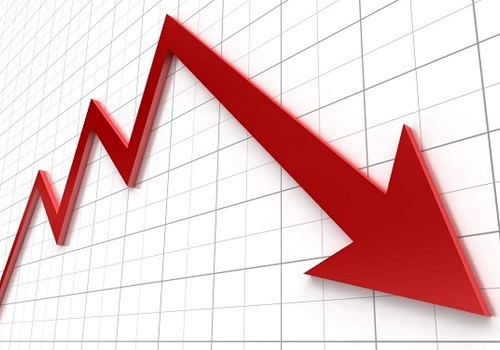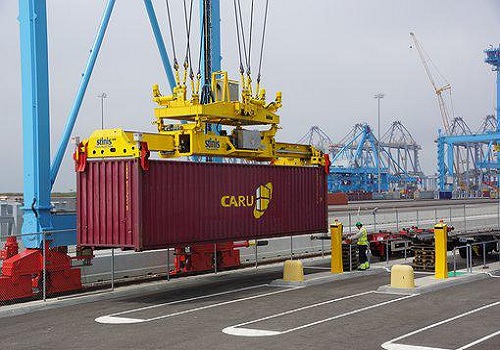Money Market and FX View By Kotak Mahindra Bank
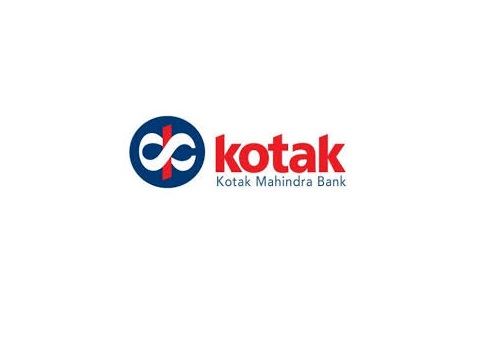
Follow us Now on Telegram ! Get daily 10 - 12 important updates on Business, Finance and Investment. Join our Telegram Channel
https://t.me/InvestmentGuruIndiacom
Download Telegram App before Joining the Channel
* System liquidity surplus to improve this week. The system liquidity surplus expectedly improved last week amidst government spending. On a WoW basis, the average liquidity surplus last week improved to Rs 7.6 tn as against an average surplus of Rs 6.6 tn the previous week. Tracking the improvement in liquidity surplus, the average overnight rates moderated by 21bps WoW to 3.25%. We expect the system liquidity surplus to improve this week amidst government spending. Meanwhile, the RBI continues with its 3-4 day rollovers of VRRRs. The outstanding VRRR currently remains ~Rs 7.2tn, with a weightage average rate of 3.97%. The weighted average reverse repo overall as on Jan 7, 2022 stands at 3.90% compared to 3.45% by end of September 2021.
* Government’s cash balances persists. As on Dec 31, 2021 general government’s cash balance surplus expectedly moderated to ~Rs 3.3tn (from Rs 4.3tn in previous week), while few state governments extended the WMA to Rs 66.8bn compared to Rs 51.9bn in the previous week. Given the movement in liquidity numbers, we expect the government’s cash balance to have increased to ~Rs 3.6 tn last week amidst limited spending. Going ahead, we expect the government’s cash balance to moderate further to ~Rs 3.1tn amidst government spending.
* CIC moderates. CIC for the week ending Dec 31, 2021 fell by Rs 93bn to Rs29.95 tn. The current CIC outstanding is 12.91% of the FY2022E nominal GDP.
Liquidity forecast during the week Jan 10 – Jan 14 (Rs crore)

* Bond markets witness a sharp sell-off. Bond markets have witnessed a significant sell-off last weak weighed down due to global bond rout and surge in crude oil prices. The US 10-year yield surged by ~28bps last week to a tad below 1.80% led by hawkish FOMC minutes suggesting a faster pace of policy normalization. Crude oil prices too surged by 5% amidst supply constraints despite concerns on the spread of omicron. Absence of demand and risk of excess supply concerns too continue to weigh on markets. Further weighing on market sentiment is RBI’s intermittent OMO sales in the secondary market (Rs 155bn since late October 2021). The devolvement of the 5-year bond (5.74% GS 2026) further confirmed the increasing stress. Markets now await the announcement of a new 10-year benchmark and the inflation data this week. The 10-year yield inched higher by ~9bps WoW to close at 6.54% and the 5-year yield surged by 13bps to end the week at 5.99%. We expect the 10-year paper to remain in the 6.50-6.60% in the near term.
* NSO pegs FY22 GDP growth at 9.2%. The NSO estimates FY2022 real GDP growth at 9.2% against (-)7.3% in FY2021 (We maintain our FY2022E real GDP growth at 9.5%). With 1HFY22 GDP growth at 13.7%, the implied 2HFY22 GDP growth is at 5.6%, and this growth could be slightly slower-than-expected given the impact of the third Covid wave in India. The key driver of 2HFY22 growth is expected to be government at 13.9% growth (1% in 1HFY22) and GFCF growth at 6.1% in 2HFY22 (28.3% in 1HFY22). Private consumption growth is pegged to remain relatively weak at 1.8% in 2HFY22 (13.5% in 1HFY22). FY2022 real GVA growth is estimated at 8.6% against (-)6.2% in FY2021. With 1HFY22 GVA growth at 13.2%, the implied 2HFY22 growth is at 5.1%. Implied 2HFY22 growth in services at 6% is relatively more buoyant than industrial sector at 3.6%. With the nominal GDP growth pegged at 17.6%, the GDP in absolute terms is estimated at Rs232 tn. This will be the GDP for FY2022 that will be used for the FY2023 budget likely to be presented on February 1. With GFD budgeted at Rs15.1 tn for FY2022, the GFD/GDP on account of the nominal GDP advance estimate will be at 6.5% against budgeted 6.8%.
* Markets await inflation and IIP data in the week ahead. We expect December CPI inflation to pick-up sharply to 5.87% from 4.91% in November, mainly due to adverse base effect. Food inflation is expected increase sharply to 4.8%yoy (from 1.9% in November), although the sequential pickup is expected to be negative (~0.5%mom compared to 1.3% increase in November). Meanwhile the core inflation is expected to moderate by 20 bps to 6.1% (from 6.3% in November). We expect the November IIP to grow by 3.8% compared to 3.2% in October 2021. Additionally, we also expect December WPI inflation to moderate to 13.5% (from 14.2% in November).
* INR continues to outperform peers. INR was the only Asian major currency to have ended in green against the USD last week. As Dollar remained on the sidelines and risk sentiments broadly remained positive, India witnessed FPI inflows in equity. FPI in debt too remained positive pertaining to bond sales by a large company. We expect the USD strength to continue as the market participants assess the global inflationary pressures and the subsequent pace of policy normalization. However, capital inflows could still continue in India amidst expectations of inclusion in Global bond index, helping INR outperform. We see USDINR to be in the 74-74.50 range in the near term.
* Trade deficit remains wide. Despite the record high exports in December, the trade deficit remained wide at US$22 bn as imports too rose sharply. Exports achieved their best ever performance reaching US$37.3 bn while imports shot up to US$59.3 bn. Domestic demand conditions remained buoyant with non-oil imports at US$43.4 bn led by a pickup in electronics, pearls, precious, and semi-precious stones, and gold. Exports growth was broad-based with the top sectors being petroleum products, engineering goods, and gems and jewelry. In 9MFY22, trade deficit was at US$140.2 bn (US$59.1 bn in 9MFY21 and US$125.9 bn in 9MFY20). Going forward, we estimate a trade deficit of ~US$195 bn in FY2022E and US$200 bn in FY2023E.
* FOMC minutes indicate quicker pace of normalization. The December FOMC minutes indicated that a faster pace of policy normalization could be on the cards with an earlier than expected balance sheet normalization along with earlier and/or faster rate hikes. Almost all participants agreed that balance sheet run-off would be close to the policy rate lift off. The minutes indicated that several participants viewed the labor market conditions as already largely consistent with maximum employment. The March 2022 meeting remains a live meeting for the first rate hike. We now see a reasonable possibility of US$300-400bn run-off of the Fed’s balance sheet in 2HCY22.
To Read Complete Report & Disclaimer Click Here
Above views are of the author and not of the website kindly read disclaimer
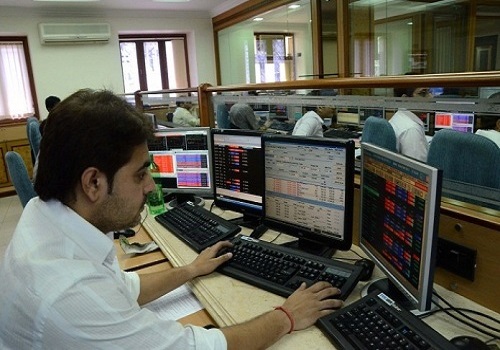








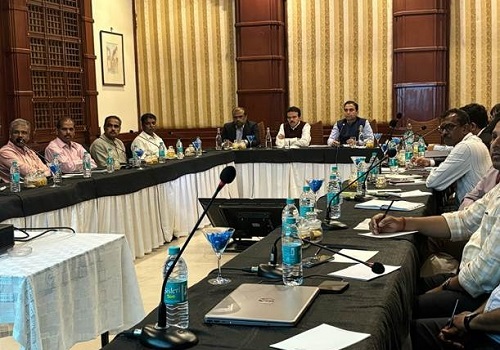
Tag News

Monthly Debt Market Update, September 2023: CareEdge Ratings





